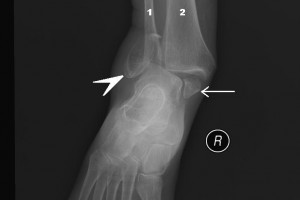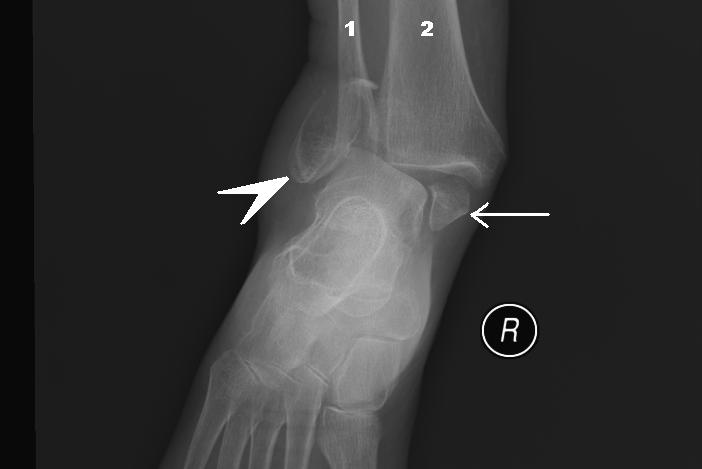New review summarizes current knowledge on the mechanisms, evaluation and management of bone fragility in type 1 diabetes, who suffer from an almost 6-fold increased risk of broken bones. Review details the evaluation of fracture risk and the role of osteoporosis drugs in diabetic patients.

Despite an up to six-fold increased risk of broken bones in patients with type 1 diabetes mellitus (T1DM), the relationship between diabetes and osteoporosis has, until recently, suffered from a general lack of attention and research.
As a result, health professionals who treat diabetic patients often do not recognize that fragility fractures are a major complication of the disease.
In order to promote understanding of the latest advances and to encourage early evaluation of fracture risk, the International Osteoporosis Foundation (IOF) Bone and Diabetes Scientific Working Group has now published a succinct review which provides endocrinologists with valuable information in regard to fracture risk in T1DM patients.
Prof. Serge Ferrari, Chair of the IOF Bone and Diabetes Working Group and Professor at the Geneva University Hospital, Switzerland stated, “Although more studies are needed, researchers have recently made encouraging progress in elucidating the complex relationship between bone and diabetes. The findings underline the need for early evaluation and fracture prevention strategies.”
Continue Reading Below ↓↓↓
Published in the European Journal of Endocrinology, the review summarizes the latest knowledge on the:
- Epidemiology of fracture risk in diabetic patients
- Quantitative and structural bases of bone fragility
- Bone turnover and the continued process of bone loss and replacement
- Cellular and molecular mechanisms of diabetic bone disease
- Evaluation and management of bone fragility in T1DM
The higher fracture risk in T1DM patients is not only due to decreased bone mineral density, but also to alterations in bone quality. Recent clinical studies point to impaired osteoblastic bone formation, with or without increased bone resorption.
Insulin deficiency also appears to be a major pathophysiological mechanism involved, along with other metabolic alterations that may all play a role in altering bone turnover and bone quality.
As the onset of T1DM often occurs during childhood, the assessment and management of bone health in the young is of special concern.
General measures to prevent osteoporosis in children with early onset of diabetes include a balanced diet with adequate calcium and vitamin D intake and, in particular, sufficient physical activity.
Increasing weight-bearing exercise in children with diabetes as well as good glycaemic control appears to provide some improvement of bone parameters.
Prof. Ferrari added, “As fragility fractures are a major complication of diabetes, fracture risk should be properly evaluated in patients with this disorder. Research is urgently needed on the benefits and risks of osteoporosis therapy as so far none of the anti-osteoporotic agents have been tested for their anti-fracture efficacy in T1DM subjects. This is all the more reason for health professionals to focus on early evaluation and other fracture prevention strategies in their patients.”
Reference:
Mechanisms and Evaluation of Bone Fragility in Type 1 Diabetes Mellitus, FS Hough, DD Pierroz, C Cooper, SL Ferrari, and IOF CSA Bone and Diabetes Working Group. Published online. doi: 10.1530/EJE-15-0820 Eur J Endocrinol November 4, 2015 EJE-15-0820
Source: The International Osteoporosis Foundation (IOF)
Journal: European Journal of Endocrinology
Continue Reading Below ↓↓↓










